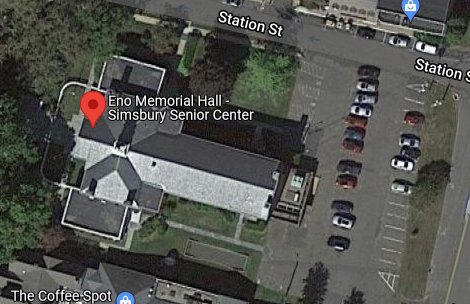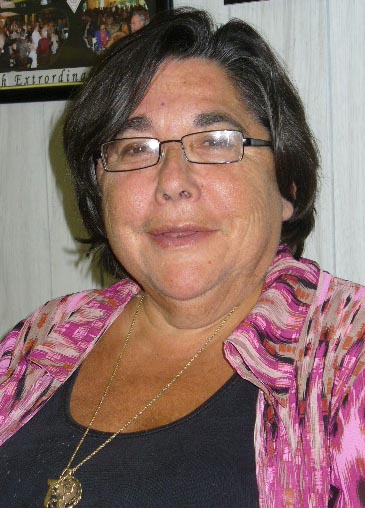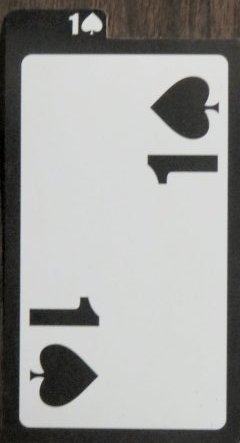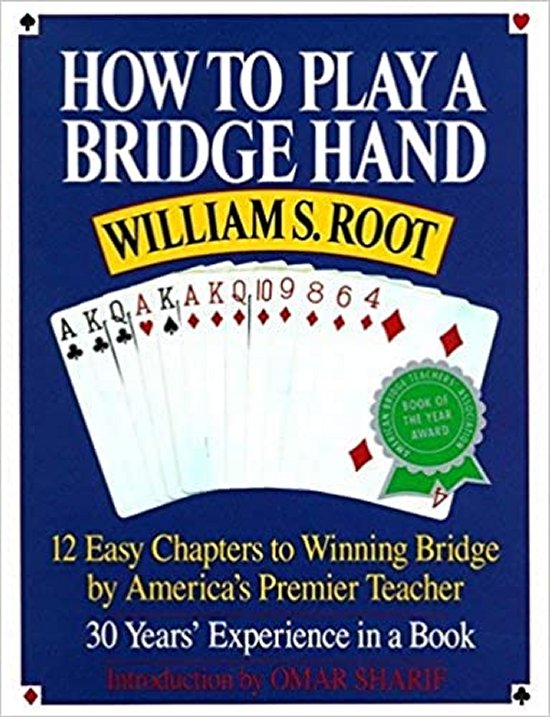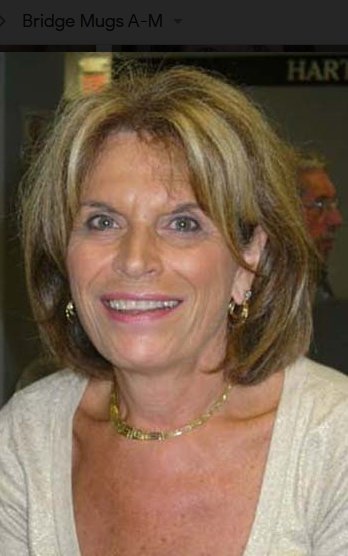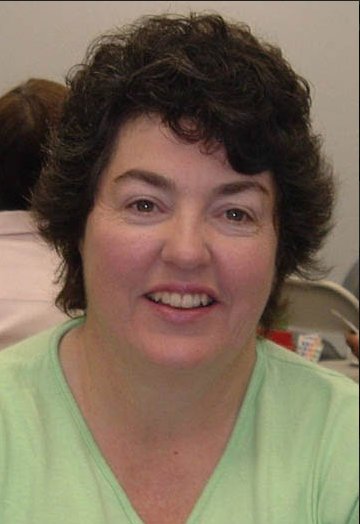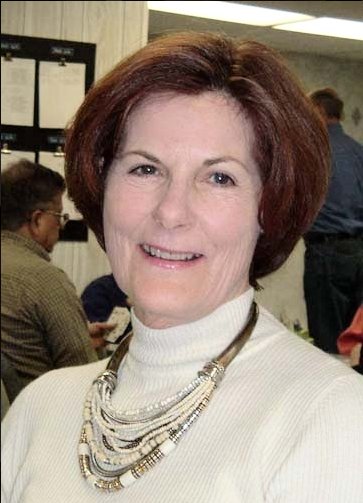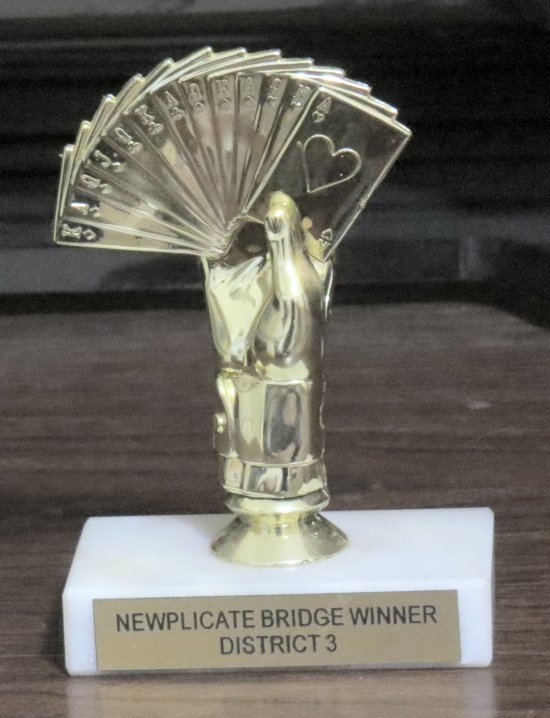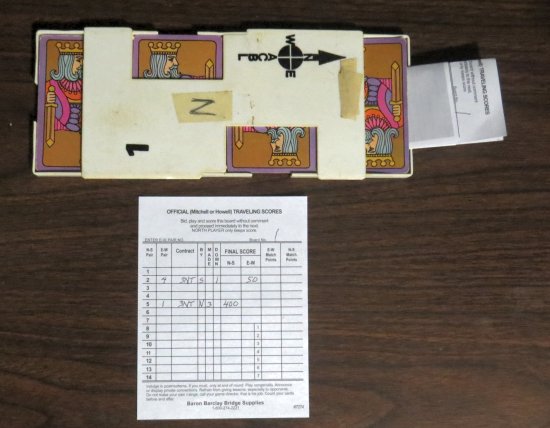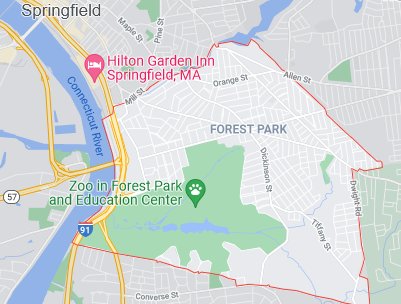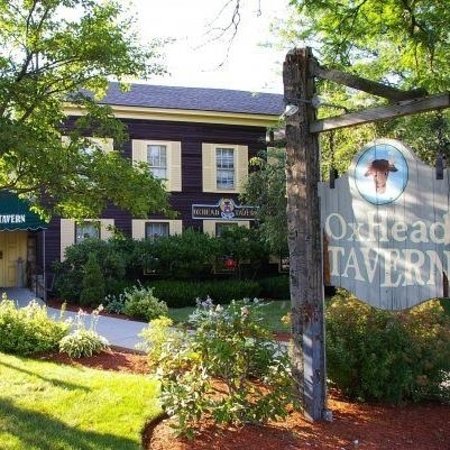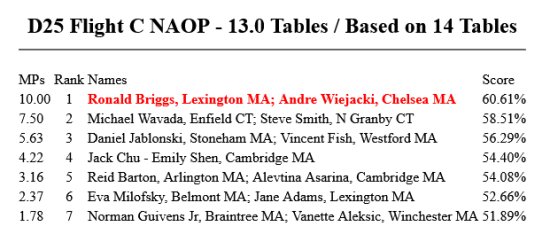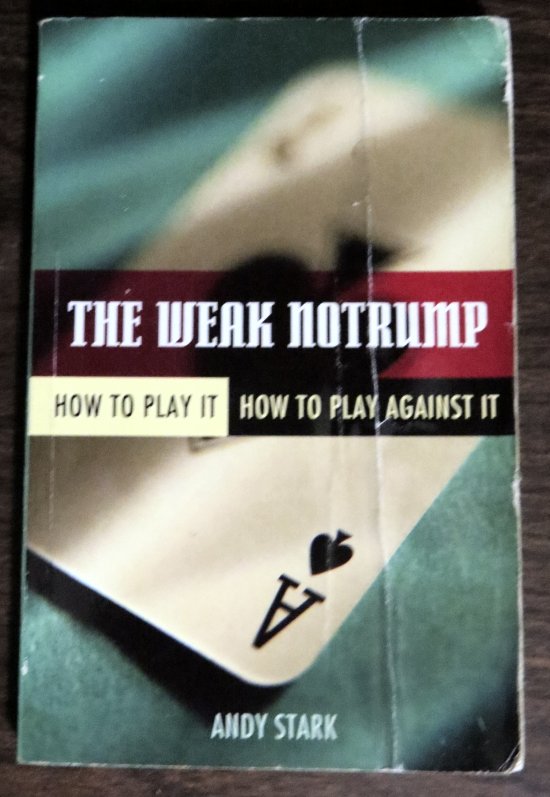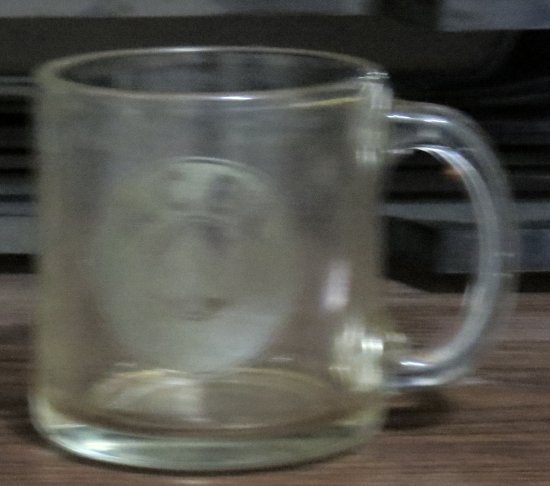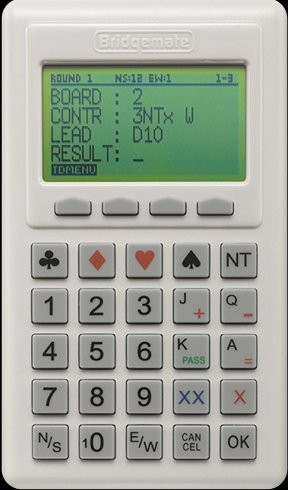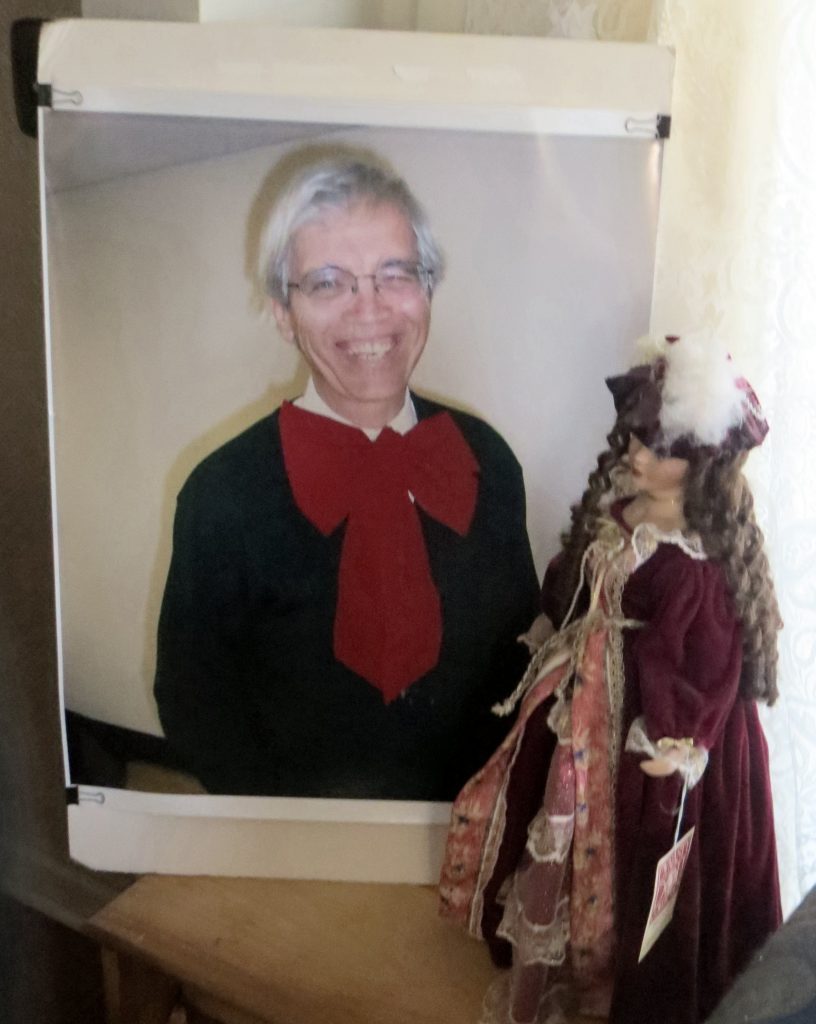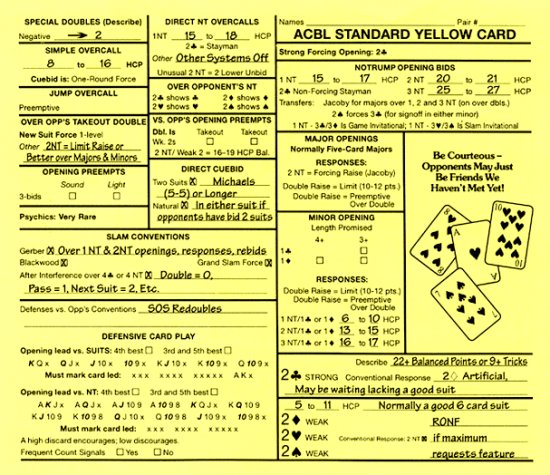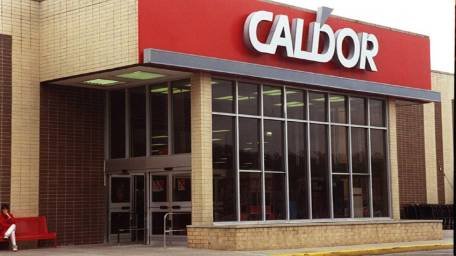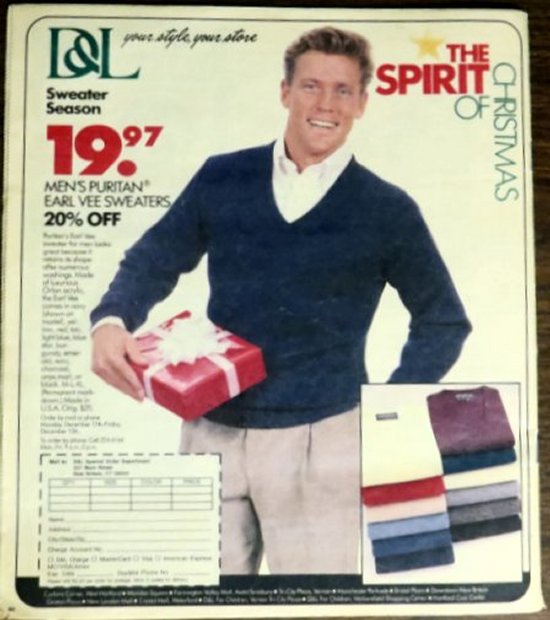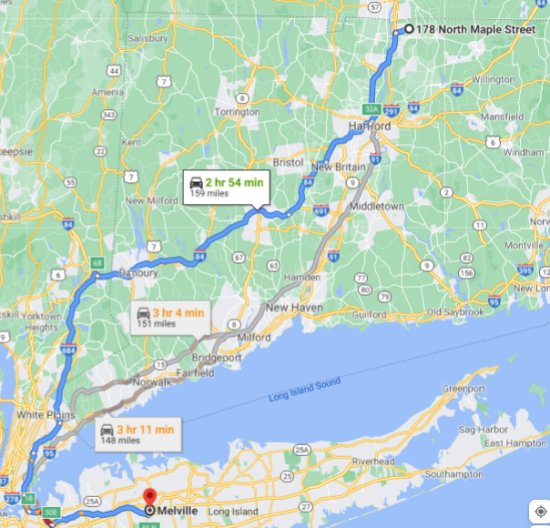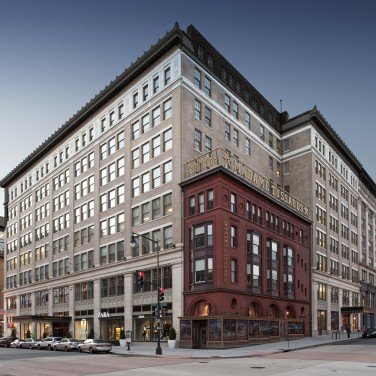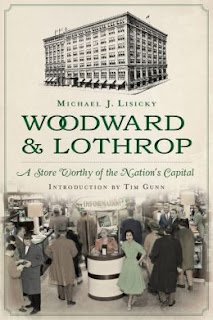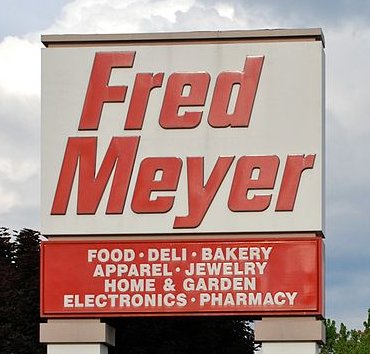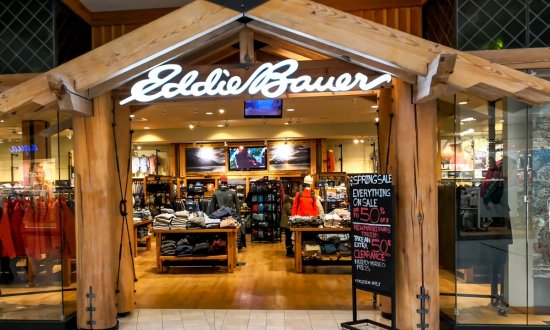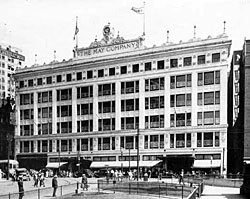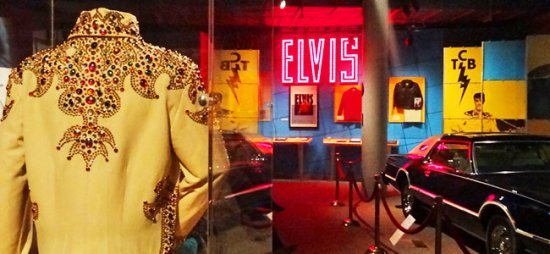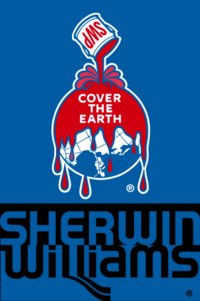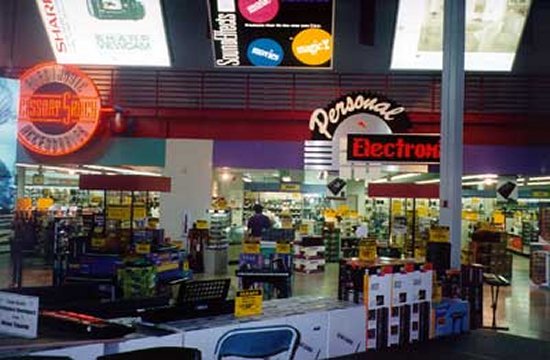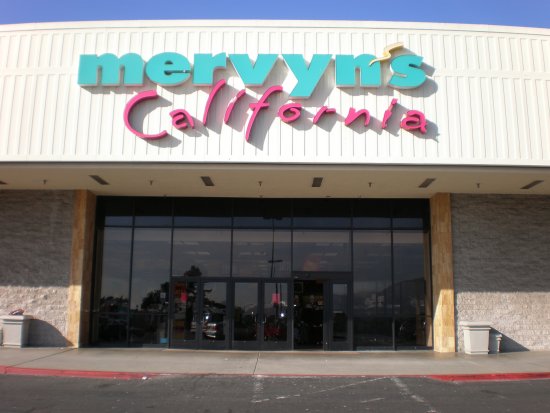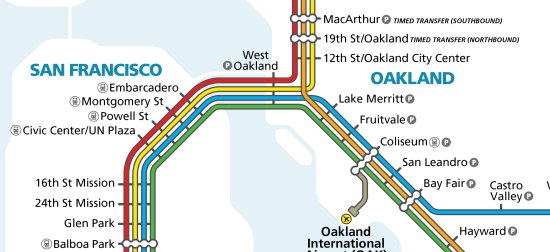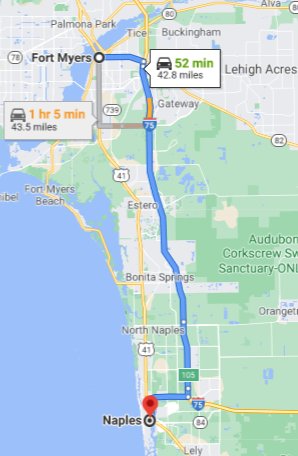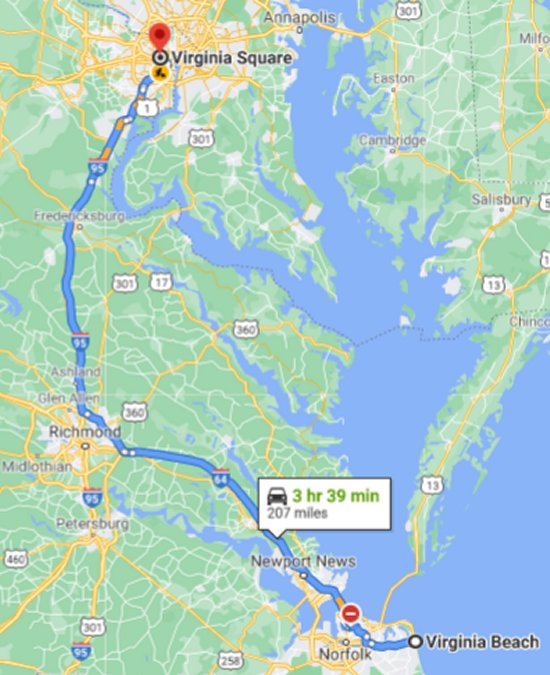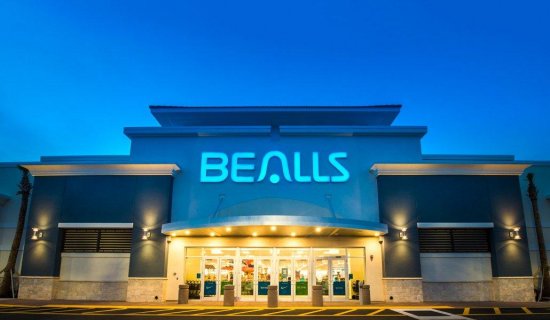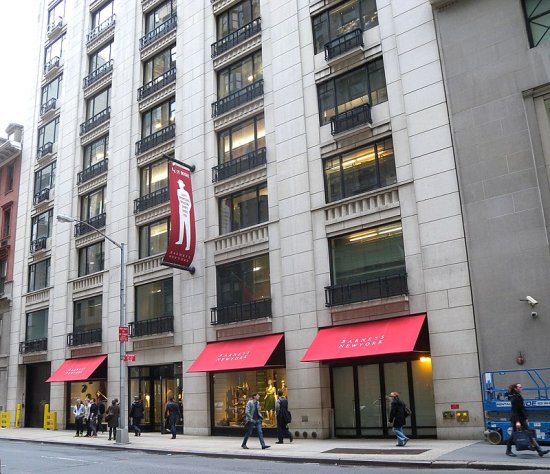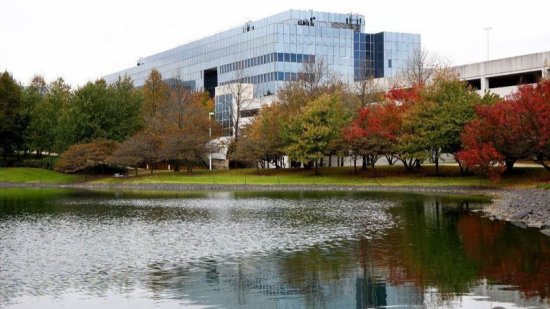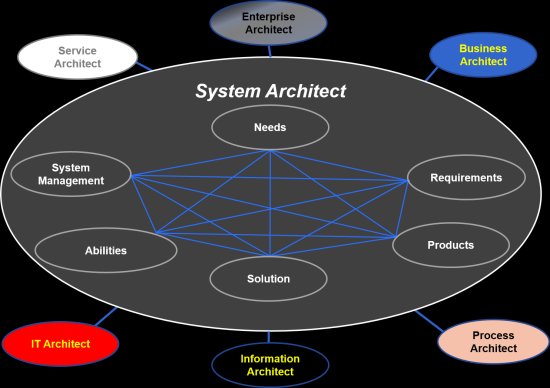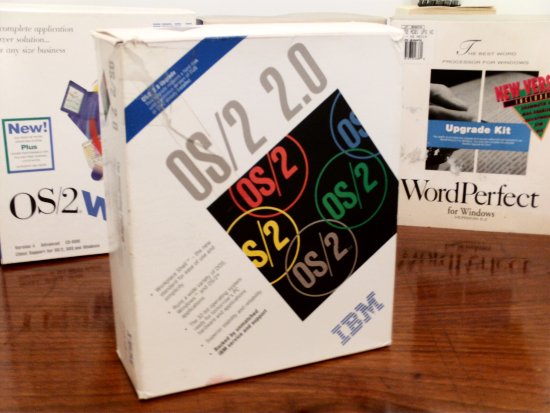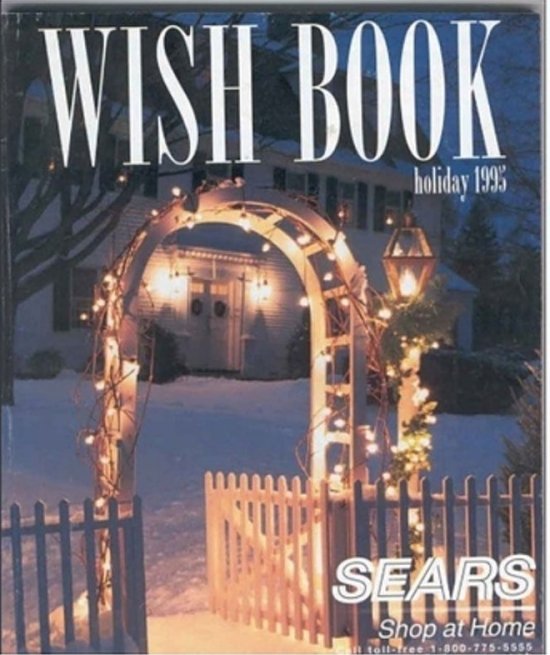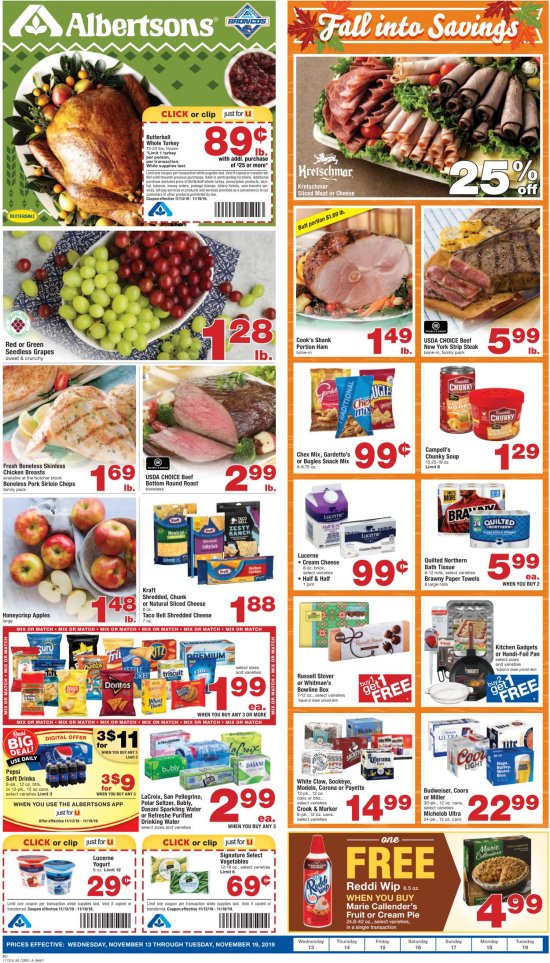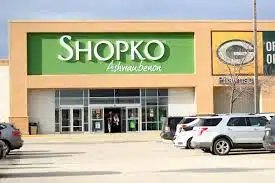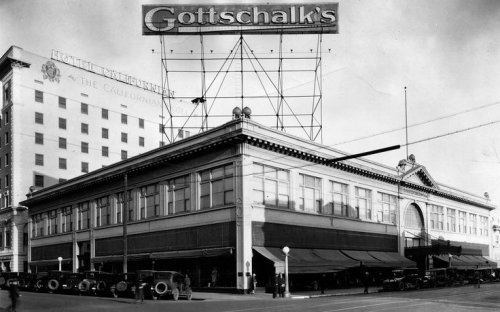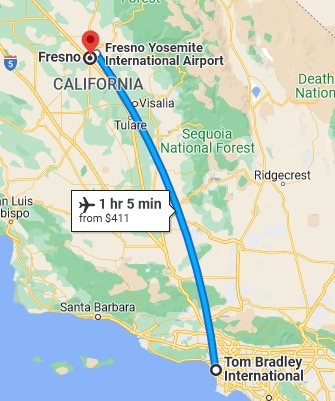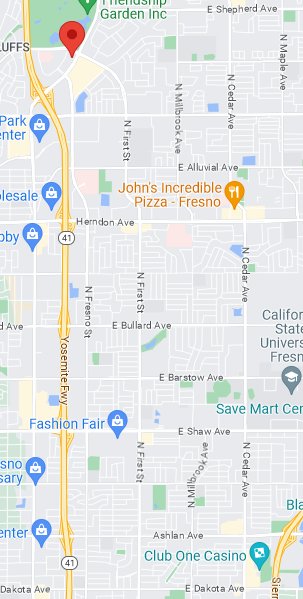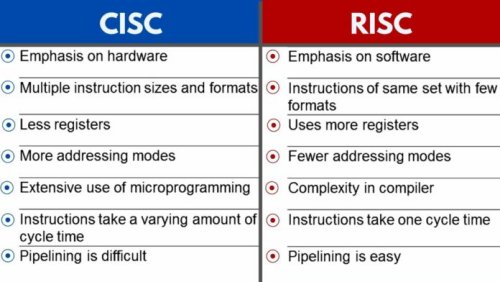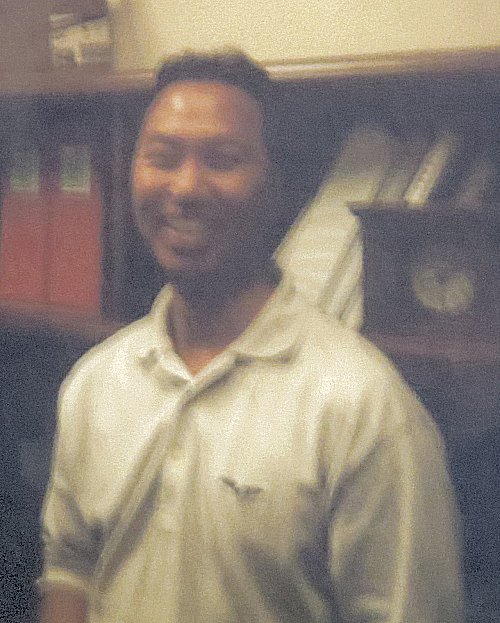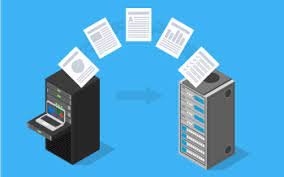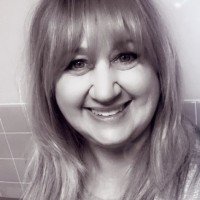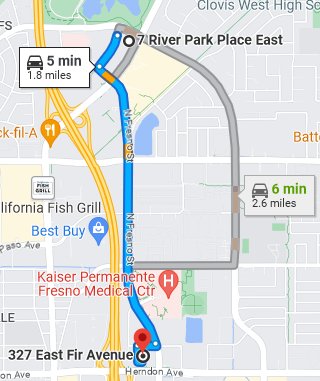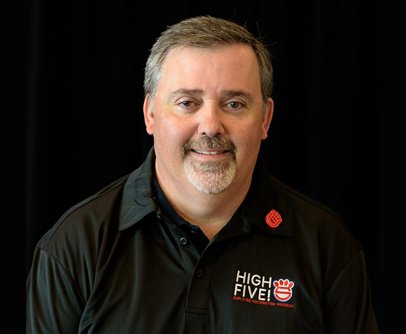Partners at Eno Hall. Continue reading
I vividly remember my first night at the Simsbury Bridge Club. Paul Pearson had given me contact information for the director of the club, Paula Beauchamp (pronounced BOW shahmp). I told her that I would like to play on the following Wednesday, which was, I think, May 19 or perhaps May 12, 2004. She told me that the games were held at Eno Hall, located on the main street in Simsbury (Hopmeadow Street better know as Route 10/202). Parking was in the back, and the game, which was in the basement, could easily be reached from the parking lot via a handicap ramp. She told me to arrive a few minutes before the 6:30 starting time, and she would pair me up with someone.
I consulted MapQuest to try to figure out the best way to get there. I think that I may have driven on Route 20 all the way to the intersection with Route 202. There are three or four better routes, but I allowed plenty of time.
I located Paula, and she assigned me to play with Roz Sternberg. I had only played a few hands of bridge in the previous twenty-four years, and I remembered very little. I had relearned Stayman and Blackwood, and the course that Paul had taught at Fermi had familiarized me with five-card major openings, transfers, and negative doubles. Roz was accustomed to playing with rookies. She told me that jumps were weak, and everything else was mostly natural.
I also did not know how to keep score on the travelers. So, Roz had to sit North. We were assigned to table #3, which was right in front of the air conditioner that blasted away all evening. My South seat was directly before the fans. Cold air blew on my neck all evening as I sat there shivering. The opponents at the first table had to show me how to use the bidding box. I remember nothing about the hands; I was concentrating all my attention on following suit and bidding or leading only when it was my turn. I was proud that I had successfully avoided any director calls. I was unable to turn up a copy of the results, but I seem to remember that Roz reported that we finished about in the middle.
After that I played with Roz a few times and against her countless times. I don’t have any great stories about her play. For some reason she never came to Eno with a partner. That was a little strange because after she retired she mostly played at the Hartford Bridge Club (HBC) with a few steady partners.
Roz was employed as the IT director for the New Britain Public School System, which had one or two AS/400’s. Nobody there really knew too much about them. Several years after our initial game she found out that I had a lot of experience with AS/400’s. She asked me to come to her data center to see if I could help her with a problem. I can’t remember exactly what it entailed, but it was something rather tricky that I had previously encountered. Furthermore, I had documented my work-around. So, I went there, implemented the fix, and explained what I had done.
Roz then had me look at a few connectivity issues. I was less certain of my abilities in these areas, but when I left, everything seemed to be working the way that they wanted it. I considered this just a favor for a friend, but she insisted that TSI send her an invoice for my time. So, we did. It was for $100 or maybe $150. She probably had a budget for this sort of thing.
I was afraid that Roz would start calling me for technical support whenever they encountered a problem, but, in fact, she never asked again. My recollection is that within a year after my visit the school system replace the AS/400’s with a different system.
Peg Corbett1 also never came to Eno with a partner. On the second or third Wednesday that I attended at the SBC I played with Peg, and we actually won a fraction of a masterpoint from the ACBL. Here is the published scoresheet:
Open Pairs Wednesday Eve Session May 26, 2004 Scores after 24 boards Average: 48.0 Section A North-South Pair Pct Score Rank MPs 4 57.81 55.50 1 0.60 Jean Seale - Sonja Smith 3 56.77 54.50 2 0.42 Peg Corbett - Mike Wavada 1 49.48 47.50 Ellen Tabell - Tony Tabell 2 46.88 45.00 Don Verchick - Nancy Campbell 5 39.06 37.50 Carl Suhre - Dorothy Suhre Open Pairs Wednesday Eve Session May 26, 2004 Scores after 24 boards Average: 48.0 Section A East-West Pair Pct Score Rank MPs 2 55.00 52.80 1/2 0.51 Claire Tanzer - Alice Rowland 5 55.00 52.80 1/2 0.51 Dorothy Clark - Roz Sternberg 1 51.25 49.20 Jerry Hirsch - Mel Hirsch 4 50.63 48.60 Maureen Denges - Pat Matthew 6 50.63 48.60 Marylou Pech - Russell Elmore 3 37.50 36.00 Louise Alvord - Carol Schaper
I am pretty sure that I played with Peg a handful of times. Most of them were not memorable, but on one occasion she seemed to be on another planet. She explained to me that she had taken her prescription allergy medication, and it made her a little loopy. Both her bidding and her play of the cards were abominable. We finished last.
Winning points with Peg was exciting. However, it was nothing compared to the thrill that I ever felt came a month or so later after I had been assigned by Paula to play with Russ Elmore a couple of times. He asked me to be his regular partner!
My first game with Russ was a unique experience. He handed me a one-page typed sheet—not a convention card—and informed me that this is what we would be playing. It was close to Standard American, the system popularized by Charles Goren, but there were a few significant differences. I remember that we did not open 1NT if we had a worthless doubleton in one of the suits.
I did not complain about the eccentricities. Russ had played much more bridge experience than I had. Maybe his approach was outdated, but at least we would agree on what we were doing. Besides, Russ was cool. He was much older than my fifty-six years, but he often came to the bridge games on his motorcycle!
I realized that the primary motive for Russ wanting me as a regular partner was to avoid being assigned to play with Roz or Peg, who would argue with him about using his sheet of paper as the basis for bidding and playing agreements. Ordinarily these are negotiated with both sides willing to give in on some things. Even so, I was ecstatic that someone actually agreed to play with me on a regular basis.
At the Christmas party in December of 2004 or 2005 Russ confided to me that he intended to open every hand with a bid of 1♠. Yes, this was a party, but no one was drunk. I, for one, still took the games at the SBC very seriously. Those Wednesday evening games were the only time that I got to play all week, and I was very conscious of how many masterpoints I had accumulated. So, I asked Russ to just bid his hand as usual, and he respected my request.
When I played with Russ I got in the habit of analyzing every hand afterwards. Since we did not have hand records (sheets of paper that shows the location of all fifty-two cards on deal), I could only go by how well we did when I played a hand vs. when Russ was declarer. We did much better when Russ played. I told this to Russ, and he laughed.
I bought a book called How to Play a Bridge Hand by William S. Root. It had hundreds of examples with quizzes at the end of each chapter. I converted these quiz question into 4×6″ cards—problem on the front and answer on the back—that I could study during lunch breaks at work. It did help; I got a little better.
I later made an interactive web page that included all of these problems for declarer play and included other interesting ones that I encountered over the years. I posted a link to it on the web site that I designed for the SBC. The problem page is located here.
If an odd number of people showed up on a Wednesday, Paula Beauchamp3 played with one of the players who came without a partner. Since she was a very skilled and experienced player, everyone who came without a partner—usually three to five of us—hoped to get to play with her. She had many chances to play with me, but she only picked me once.
I made few obvious mistakes, maybe even none. No, that was not likely. Let’s just say that I did not notice any errors. If Paula did, she did not mention it. We finished first with a very good score, and after I played one hand she said, “You played that like a surgeon!” My buttons were busting.
I once was surprised to see Paula in the terminal at Bradley International Airport. She had apparently just returned from a vacation, and I was on my way to visit a client. I don’t remember the date, and it is hard for me to place the time, too. I generally left very early in the morning, before any flights had arrived. I do remember that she was wearing a pair of those rubbery shoes with holes in them, Crocs.
Paula’s favorite movie was Life is Beautiful (La Vita è Bella) with Roberto Begnini. I had also seen this film. I sometimes called Paula Principessa, the term of endearment used by Begnini’s character for his wife. She liked the way that I pronounced it.
I persuaded my friend Tom Corcoran to play with me at the SBC five or six times. He worked in Simsbury at the time, and so it was not much of an inconvenience for him. He had not played at all since he graduated from Brown in 1972.
I was surprised to find when researching this entry that we actually finished first at least twice. However, those occasions are not the ones that stand out in my memory. Once Tom opened 2♣, which showed a very powerful hand with more than half of the aces and face cards. In contrast, an opening bid at the two-level in any of the other suits show a weak hand with six cards in the bid suit. Tom had intended to show a weak hand with clubs. Unfortunately, I had a pretty good hand, and I did not give up on the possibility of bidding a slam (committing to win twelve or thirteen tricks) until he passed my 5NT bid. We ended up five or six tricks short for a big penalty.
Tom, who was only two years younger than I, stopped playing after a few months. The only remark he made was “Those people are sure old.”
When Russ moved away I had to find a new partner. I had noticed that in 2015 two guys, Roger Holmes and Dick Benedict, began playing and did pretty well. After a month or two Roger seemed to stop attending, and Dick played much less frequently and with different partners. I sent Dick an email that explained my situation and asked him if he would consider playing with me. I told him that I knew all of the conventions on the Yellow Card4, and I was willing to learn new ones. He responded enthusiastically.
Dick and I played together for several years at the SBC, at the HBC whenever I got a chance on a weekday, and at tournaments that were within driving distance. We got to be pretty close. I learned about his two ex-wives, one dead and one divorced, his two daughters, and the father with whom he had played cribbage. I learned a lot about the tornado in Worcester from which Dick’s father rescued him. I also learned from Dick that New Hampshire was the best place to buy liquor. Dick stocked up on The Famous Grouse whenever we drove up to Nashua for a tournament.
Dick and I played on many teams together. In team games5 four people form a team. One pair plays East-West and the other plays North-South. You play a match against another team. Your East-West pair plays a set of hands against their North-South pair and your North-South plays the same hands against their East-West. Two types of team games were bracketed. Between eight and sixteen teams with similar masterpoint totals played against one another in either a knockout or Swiss format. Our foursome concentrated on these bracketed games so that we did not encounter the really good players.
Usually Dick and I played together. He was good at convincing people to play with us at tournaments. Our best results came when playing with Robert Klopp6, who lived at the Duncan Hotel in New Haven, and Brenda Harvey7 from Orange, CT. I remember sending email to my dad in Kansas City from the Panera Bread in Nashua, NH, when we had won two knockouts in a row. I think that Robert Klopp may have already been a Life Master when we started, but both Dick and Brenda Harvey achieved that rank at tournaments in which our foursome played as a team.
Some of our results were spectacular. I remember that in one Bracketed Swiss at a regional tournament we won our first six rounds by such lopsided margins that we had built up an insuperable margin. We actually could have gone home without playing the final round, which we also won. However, we did not always do so well. At an Open Swiss at a sectional in Auburn, MA, we finished dead last out of twenty-five or thirty teams. Neither Robert nor Brenda played with us on either of these occasions.
Dick was not sitting across from me when I made Life Master. At the time the requirement for that rank was 300 total masterpoints that had to include some number of silver and gold points that could only be won at tournaments. In late December of 2009 I had enough silver and gold, but I was a small fraction of a point short of 300. I informed Helen Pawlowski (pahv LOFF skee), the director of the SBC game at the time, about my status before the game on December 23. She immediately declared the game a “club championship”, which meant that extra points would be rewarded.
Unfortunately, both Dick and I played poorly; he was bad, but I was worse. I made a really stupid bid when playing against Claire Tanzer, who never said a bad word about anyone. She remarked that if I played like that I did not deserve to make Life Master. She was right.
However, deservedly or not, I was awarded the necessary points at the last Saturday game in December at the HBC after playing with Tom Gerchman. In those days it took the director a few minutes to enter all the scores in the computer. Everyone else had already left by the time the results were posted, and it was confirmed that Tom and I had scored well enough to earn the needed points. There was no one to celebrate with.
There was a game scheduled for that Sunday at the HBC, and, because I had set a goal of making Life Master before the end of the year, I was scheduled to play. However, the Sunday game got snowed out. So, I achieved my goal at the last possible game of the year.
Dick was, however, my partner for my Life Master parties at both the SBC and the HBC. At the SBC he gave a little speech in which he announced that I had called him up and told him something—I don’t remember what. I Immediately denounced that as a damnable lie, and asked the group whether I had ever called any of them on the phone. No one spoke up. Of course, I probably did say whatever it was that he claimed that I had said, but I never talked with Dick on a telephone. Dick and I corresponded only by email and in person. In fact, I have almost never called anyone about bridge.
My LM party at the HBC was a unique occasion for at least three reasons. In the first place it was held on a Friday evening in March 2010. I know of no other Friday evening game ever held there. Although I sat North across from Dick in the “throne” reserved for the honoree, he was only there for three hands. The format used that night involved individual scoring. Everyone played with seven or eight different partners. Only the Norths stayed at the same table. I know of no other occasion in which that format was used at the HBC.
There was one other odd thing about it. I won! Well, officially I tied with Cecilia Vasel, but I discovered later that on one hand I had made a mistake in scoring8 in the opponents’ favor. The honoree almost never does well in this game; there are too many distractions. Perhaps on that evening everyone was distracted by the weird format.
Dick and I stopped playing together later in 2010. I made a sarcastic comment when he passed what was—-to my way of thinking—clearly a control-showing cue bid. He took offense, which was not unreasonable. There was no great rancor. In fact, we did play together occasionally after that. He moved to Bradenton, FL, at some point in the teens. When he came back to Connecticut to visit we usually paired up at least once.
Dick introduced me to tournament bridge. Four of us went to the District 3 tournament in Danbury, CT. I played with Dick, and Inge Schuele played with Virginia Labbadia. The team that we played in the first round had more than ten times as many points as we did. The guys we played against used the Mini-Roman convention. I had never heard of it, but using the 2♦ opening bid to describe a hand with three four-card suits and 11-15 points seemed to me like a great idea at the time. In fact, however, it is one of the few well-known conventions that I have never played.
I thought that Dick and I had performed reasonably well against the guys, but we lost the match by a lot. So, we needed either to drive back home or find another event for the afternoon session.
On the schedule we found a 199er game in the afternoon. Inge and I qualified to play in it, but Dick and Virginia had too many points. They played together in some kind of unlimited game.
Things went very well for Inge and me. We ended up in first place, and it was not even close. Our photos were printed in the tournament’s Daily Bulletin, and we each got a small trophy, the first bridge trophy that I ever won, and the only one that they let me keep.
I have a couple of other very vivid memory of playing with Dick. I remember that I earned my final gold points in one of the first Gold Rush Pairs events ever held in New England. In the afternoon session we bid and made 7NT on the first hand and held on to win our section.
The other memory is literally painful. We were playing in a pairs game in Danbury, and something was wrong with my neck. Every five or ten minutes I would—without any warning—experience a sharp pang there. I took some Advil for it, but it did not seem to help much. I found it very difficult to concentrate. We finished the event, but we did not do well.
The plan had been for me to stay overnight at Dick’s house in Avon and ride back with him to Danbury for another event on Sunday. I told him that I did not want to play again until the neck pain ceased. He agreed that that was a good idea. I rested the next day, and the pain disappeared, never to return.
Over the years I have often told people that the most important thing that I learned from playing with Dick Benedict was the preferred method of folding the “travelers”, the score sheets that traveled with the boards that contained the cards from one table to the next. The only really important thing was for the board numbers (and almost nothing else) to be visible, but Dick’s method was definitely the easiest, most reliable, and most esthetically pleasing.
In 2009 I teamed up with a young guy named Steve Smith. I knew his mother Sonja, who was a fine tournament player and the best regular player at the SBC. Steve worked at Mass Mutual as an actuary. He was an FSA, but his main interest was finance, not insurance. Steve and I were a good match. I learned that he had been a successful debater in high school, but he did not participate in the rigorous type of policy debate that I did.
Steve owned a house in the Forest Park section of Springfield. He rented out two of the bedrooms to other guys. It was not quite the Animal House, but I never knew what to expect when I picked him up to go to a tournament. He often forgot to bring cash, which was the only form of payment most tournaments accepted.
Playing with Steve was nothing like playing with Dick. Dick was the model of stability; Steve was up for anything.
Steve and I played together on a regular basis at the SBC and also in tournaments quite a few times. Considering how little experience we had, we had an extraordinary record . The highlight was the afternoon-evening of Saturday October 10 at the Sturbridge Host Hotel in Sturbridge, MA. Steve and I were playing in the qualifying tournament for Flight C of the North American Pairs, a national championship with three separate divisions, called “flights”. Three teams would qualify from our C Flight to represent New England in the national finals in Reno in March of 2010.
We played fairly well in the first session. I think that our score was a little above 50 percent. We ate supper at the Oxhead Tavern, which is adjacent to the hotel, with Steve’s mother Sonja, her partner David Rock, and two guys from New Hampshire, Bruce Downing and Mark Conner. Sonja, David, and the NH guys were playing in the B or A flight.
We needed to make up quite a bit of ground in the evening session to have any chance of qualifying. Fortunately, we caught fire in the second session. We actually turned in the best score of any pair.
In those days the directors still tabulated the results from scores recorded on pieces of paper. Therefore, it took them a fairly long time to enter and check the results. When they finally posted them, we had finished third. We were qualified for the North American Bridge Championships (NABC) in Reno!
Actually there was still one hurdle. Mark Aquino, who was the district’s NAP/GNT coordinator, called me and asked if Steve had qualified at a club game. I told him that he had done so at the HBC; I even provided him with the date and time. He said that it did not appear that Steve had won any points. I agreed that he had not, but he did earn a “Q” on the results page. I knew where to find it on the Internet and sent Mark a copy.
As it turned, out the team with the best score in our flight in Sturbridge—a couple of guys whom I had never seen at a tournament—participated even though they had not qualified at a club game. They were disqualified, and we moved up to second place. As I recall, the district paid us $100 each to play in the tournament in Reno.
Steve and I both were still working. In fact, he had been in college at the University of South Carolina just a few years earlier. So, we could only play one or two sessions per week to try to get better by the time that we played in Reno. I thought that it would be a good idea if we played a system that was somewhat different from what most people played. I bought two books on playing systems based on weak 1NT opening bids. We settled on an approach outlined in one of them. In those days my memory still worked, and Steve, as I mentioned, was very adaptable.
Steve and I had a great time in Reno. On Wednesday March 17 we boarded our Southwest flight to Las Vegas and changed planes. On the last leg—the short flight from Las Vegas to Reno—-I sat in the window seat and studied (or at least pretended to study) my Russian flash cards9, and Steve sat on the aisle. The middle seat was not occupied until the plane was almost ready to take off. A woman of about Steve’s age (or even younger) with enormous gazoingies settled there. Steve chatted her up a bit. I must admit that I listened; her answers to most of his queries were completely off the chart. Steve was remarkably adept at keeping a straight face during the interview.
The tournament was at a resort hotel/casino a few miles south of downtown Reno. We planned to play in three events—the NAP and Red Ribbon Pairs, both of which were scheduled for afternoon-evenings, and a compact knockout that was scheduled for two mornings. The Red Ribbon Pairs were held on Thursday and Friday March 18-19. The NAP was on Saturday and Sunday. Here are a few of my most vivid memories of the tournament:
- The first night that we were there we were invited to a social gathering sponsored by District 25 (New England) and hosted by Helen Pawlowski and Steve’s mom. This was the first time that I ever met Rich and Sandy DeMartino. Rich was the District Director, and Sandy was (maybe not yet in 2010) chairman of the national Goodwill Committee. We told Rich which events we intended to play in. He opined that our schedule might be too difficult for first-timers. We didn’t care.
- The Red Ribbon Pairs was the first time that I ever seen a Bridgemate, the hand-held battery-powered electronic scoring device. Tournaments in New England did not use them yet. I sat North and had to figure out how to operate it. It made me very nervous. I feel certain that it affected my play. I should have just switched positions with Steve. He was much more familiar with learning how to use new electronic equipment. We were well below 50 percent in the afternoon session. We did a little better in the evening, but we missed the cut for the second day. We did make friends with a few people in our sections, however. People thought that we were a father-son team.
- We played in a compact knockout in morning sessions on Friday and Saturday. Our teammates were a father-daughter pair from Michigan who had only played together online. They lived in the same state, but they decided to go to Nevada to play face-to-face. Our team won both of its matches in the morning. So, we qualified to play the second half on Saturday.
- At some point I remember going for a fairly long run in the area. There was not much to see.
- I think that on Friday Steve and I ran into Ron Briggs and Andre Wiejacki (vee YAH skee), the other pair representing New England. Ron was a little bristly, but Andre and I became pretty good friends.
- We played in a pairs game, I think, on Friday. I seem to remember that a woman criticized me for not explaining one of our conventions properly.
- On Saturday morning we easily won the semi-final match of the compact knockout. In the finals we faced a husband-wife team from Texas. I made a serious mistake early in the match, and I was afraid that I had blown it for our teammates. However, we ended up winning by just a few International Match Points. We each won a clear coffee mug with the ACBL logo on one side and the tournament’s logo on the other. I still have mine. In 2021 I drink tea out of it almost every day.
- It was really exciting to play in the NAP. The directors made everyone who had a cell phone or other electronic device turn it in before play started. The competition was not as tough as in the Red Ribbon Pairs, and once again we did better in the evening, but we did not make it to the second day of this event either.
- We decided to play in the huge B/C/D Swiss on Sunday morning. Our teammates were a pair of guys from the DC area whom we had met in the NAP. Our team got off to a strong start, which is not necessarily a good idea for a team in the lowest strat of a Swiss. Steve and I were very tired. We both made stupid mistakes for which we had to apologize to our teammates. Steve started to set his hand down as dummy twice when he was actually the declarer. My mistakes were more subtle but also more costly.
- Helen, who had a rental car, took us into town one evening for supper at an Armenian restaurant. I can’t say that I thought too much of it.
Our flight back also went through Las Vegas. Steve and I sat a couple of rows behind superstars Jeff Meckstroth and Mark Lair. Meckstroth boarded first and sat in the aisle seat looking ferocious. Lair boarded much later and quickly settled into the adjacent seat that Meckstroth had been guarding.
I remember one other great experience playing with Steve. It was on Sunday at the first tournament held at the Crowne Plaza in Warwick, RI. We were in the big tent playing in the bracketed Swiss with Marcia West and Paula Najarian. In the last round we played against Ron Briggs’ team, which was in first place. We found ourselves in second, but we were within striking distance. On the last hand Steve had bid an impossible 4♥ contract. I was dummy watching Steve futilely play the last five or six cards. I observed that Ron had absentmindedly discarded a club on one of Steve’s hearts and then followed suit on the next round of hearts. The dummy is not allowed to speak until the last card has been played. So, I unobtrusively moved that trick out of alignment by a fraction of an inch. When the hand was over, I drew attention to the revoke, and we ended up winning both the match and the event by the narrowest of margins.
I have not seen Steve since he accepted a job in New York City working for Goldman Sachs. I seem to recall that Sonja said that he got married. He and I follow each other on Twitter, but his account is not very active. I could find no photos of him on the Internet.
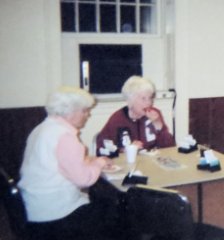
I played with at least five other people in those early years at the SBC. I played exactly once with Bob Nuckols, Dorothy Clark, and Sonja Smith. I don’t remember anything about the games with Bob and Sonja. I remember one hand in which Dorothy and I were on defense. I led a very low card in a suit that I knew that she could ruff. The fact that my card was low should have told her to lead the lower of the two side suits back to me, but she led the other side suit. When I mentioned it to her, she admitted that she was not good at noticing suit-preference signals.
I played several times with Sonja at the HBC and once or twice in tournaments. On one occasion I was scheduled to play with her at the HBC, but I had to cancel because of a severely upset stomach probably due to food poisoning of some sort. By lunch time I felt fine. This was one of the very few times that I missed a game because of illness.
I played two or three times with Paul Pearson. He and his wife came to my Life Master party at the SBC. Much more about my relationship with Paul is detailed here.
Jerry Hirsch started playing at the SBC in 2009 a few weeks before I did. We were partners a few times at the SBC, a few times at the HBC, and also at a few tournaments. I probably played against Jerry more often than any other bridge player. At the SBC Christmas party one year Jerry took a photo of me wearing a gigantic red Christmas bow as a tie. He had the photo blown up to poster size, and he gave it to me as a present. In 2021 it still is prominently displayed in our living room.
Jerry and I played together in at least one qualifier for the NAP and the Grand National Teams (GNT). We never made it to either national event, but one year we finished third in the GNT qualifier, and in the last round of the Swiss we defeated the team that won the event. Our teammates were Dave Landsberg10 and Dan Koepf.
Jerry kept a small piece of paper in his convention card holder with one word written on it: “FUN!”. I occasionally needed to be reminded of the primary reason for which we all played at such a frustrating game for so many years.
Every holiday season Jerry took on the responsibility of taking up a collection for a gift for the directors. As far as I know, no one asked him to do it.
1. Peg Corbett, who was a regular attendee at the club, stopped playing suddenly. Tom Gerchman, who started each day by reading the obituary page in the Courant, informed me she had died.
2. Russ Elmore and I stopped playing together when he moved to New Hampshire. However, he must have moved back to the Berkshires a few years later. I saw him playing at a sectional tournament in Great Barrington, MA. This really surprised me because Russ never showed any interest in tournaments while I was playing with him. I approached him and reintroduced myself. He said that he remembered me, but at the time he did not seem to.
3. At some point Paula Beauchamp and Larry Wallowitz, a teacher and director at the HBC, moved to Bradenton, FL. I think that this occurred in the early teens. This raised a lot of eyebrows at the HBC. Most people, myself included, did not even know that they were “an item”. Larry died after they had been there a few years. I did not have many dealings with Larry, but I remember attending a talk that he gave to novices about opening leads. One thing that he said really hit home: “It’s OK to finesse your partner, but it is not OK to finesse yourself.” For example, if you have a king of a suit, and you suspect that the declarer (on your right) has the queen, it is a terrible idea to lead that suit. Paula remained in Florida, but she returned to Connecticut and played at the HBC a few times.
4. The Yellow Card is a piece of paper that was designed by the ACBL to provide a set of conventions that could be used in casual partnerships, new partnerships, or specific events such as individual tournaments. It is also used by a fairly large number of pairs who just do not like to memorize conventions.
5. Details about the mechanics of team games have been explained here.
6. Robert Klopp died in, I think 2014, not too long after the four of us stopped playing together at tournaments. He did not drive a car, and he brought his own food to tournaments to save money.
7. I played with Brenda Harvey at a sectional tournament in Connecticut at least once. She moved to Saint Augustine, FL. She remains an active bridge player in 2021.
8. In duplicate bridge North traditionally keeps score. Tradition at the HBC insisted that the new LM sat North at table #1. At the time I had almost never sat North.
9. In August of 2010 Sue and I accompanied Tom and Patti Corcoran on a river cruise from St. Petersburg to Moscow. It is described in some detail here. I studied the language pretty diligently for several months, but I was seldom able to communicate with Russians outside of the tourist industry, and all of them spoke—and preferred—English.
10. My partnership with Dave Landsberg is described here.


